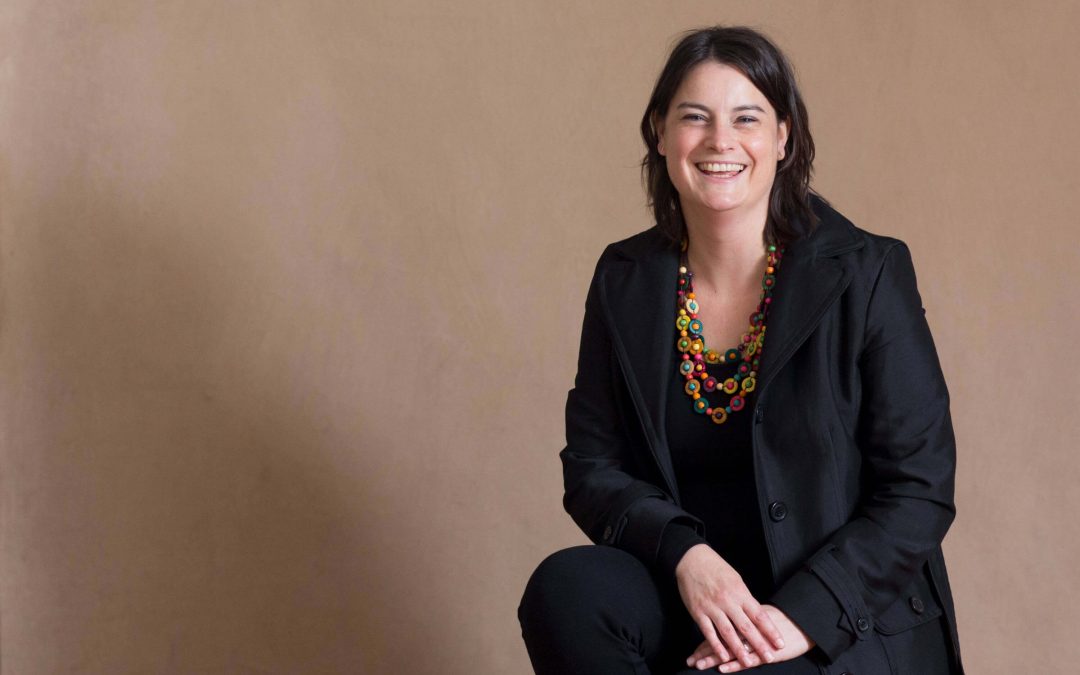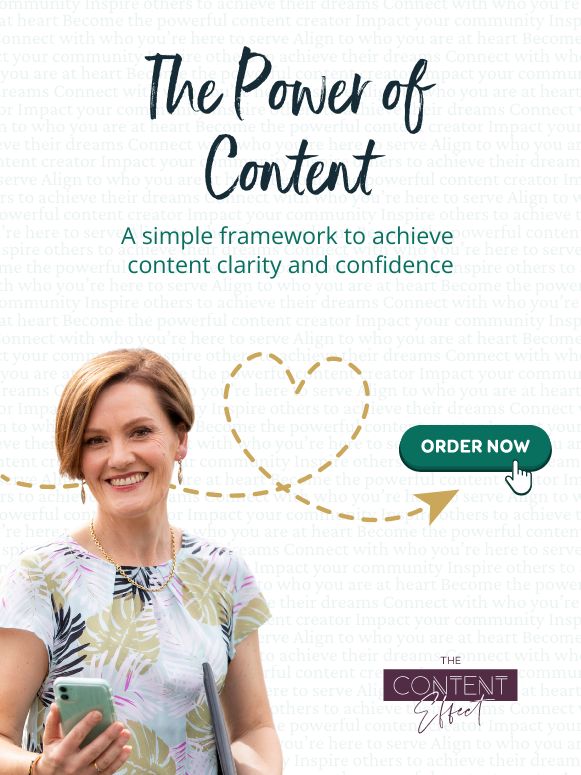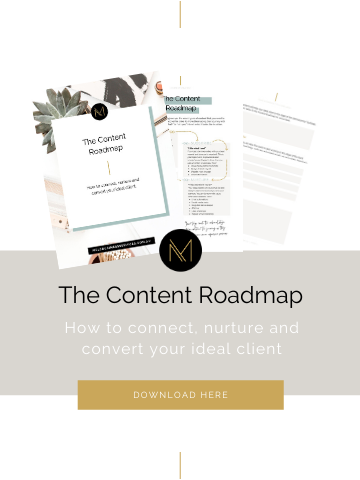Guest post by Eliza Ludwig, The Flow Society
If you’ve been in small business for a while, you will have heard the people say “Charge what you are worth” when it comes to pricing. If you feel this vague and not all that helpful you aren’t alone.
To me, pricing is both an art AND a science. It isn’t choosing a number that you feel you are “worth” and calling it a day. It is being guided by qualitative (art) and quantitative (scientific) factors. This has the added advantage of helping you feel confident in your pricing and never panicking when someone questions your pricing.
The art
Before looking into the numbers, it’s important to be clear on what you value, aspects of the business environment you are operating in and what strategy you are utilising.
Values
I always start with values! They are the guiding light of decision making and strategy setting. Values give you clarity on the most aligned pricing strategy. You can stop second guessing your strategy because your values will narrow your options down (in a good way). You can also understand whether offering a particular product or service will bring you closer or further away from living in alignment with your values.
SWOT
Before embarking on a new strategy, it’s important to assess the environment your business is operating in. You do this by carrying out a SWOT analysis.
The areas relevant for setting or reviewing your pricing are:
Your business’ strengths and weaknesses: What do you do well? What do your competitors do well? What is your unique selling proposition? What are your limiting resources?
What opportunities and threats are you facing? What is happening in the market? How could you use these trends to offer something your clients or customers need right now? Who is already getting wins with your ideal client? What are your competitors doing that you can’t or haven’t yet?
Strategy
Having a good understanding of all these aspects is vital when choosing the pricing strategy you’d like to employ. For example, if you and your competitors are all strong in the same area, premium pricing is unlikely to be effective.
The science
Now for the quantitative stuff.
And I’m going into some algebra. I know you hate it, but it’s important.
Profit = income – expenses
OR
Profit = (price x sales quantity) – (variable expenses + fixed expenses)
Your profit depends on your price, how many you sell, and your expenses. I am often asked if I have a formula for working that out – what percentage should your profit, expenses and price be?
There is no simple formula.
What I will say, though is:
- Make sure your price covers your variable expenses. These go up with every purchase (for products, that will be shipping, packaging and the item. For services that is your time – yep even if you don’t pay for it, you should be calculating the cost of it).
- Add a buffer for fixed expenses. It’s hard to give a figure per item because the cost is spread over how many you sell. Sell 1 thing? 100% of the fixed expenses are allocated. Sell 100? Then only 1% needs to be allocated.
- Add another buffer for profit. How much buffer depends on the pricing strategy you used, and the external environment you are operating in.
Phew, that’s a lot. Here is a checklist for you to work through:
✔ Take a Values Assessment
✔ Perform a SWOT analysis
✔ Using your Values and SWOT, decide on the best pricing strategy for your product or service
✔ Work out your expenses
✔ Set a profit target
✔ Work out price based on everything you’ve looked at!
So there you have it! All the building blocks that will help you determine your prices. Set aside a morning to work through it and enjoy the confidence you have when you know the reasoning behind your pricing.
If you’d like to know more about pricing strategies and how to best implement them in your business, you can download my free pricing strategies guide here.
About Eliza
Eliza is a self-labelled ‘urban hippie’ and loves helping others that are financially stuck (she’s also my very first biz bestie and we love to have a coffee and chat).
She decided she needed to do what she felt called to do and after a few ebbs and flows, The Flow Society came into being.
She lives in Sydney’s Inner West with her husband, daughter, son and rescue pup. She loves baking, weights and watches every DIY show on offer – obsessed! She indulges in her other passions – maths, organising and helping people, every day through The Flow Society. And for that feels truly grateful.
You can find her on
Instagram: https://www.instagram.com/the_flow_society/
Facebook: https://www.facebook.com/TheFlowSocietyAu
Website: https://www.theflowsociety.com.au/




